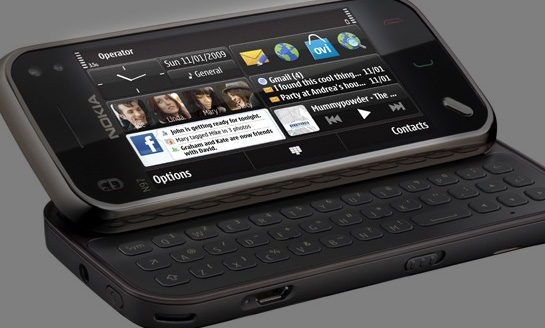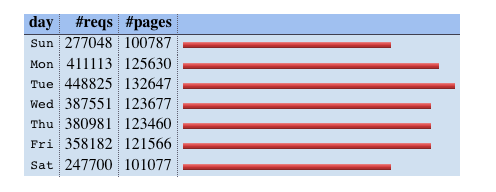Iconography – Where Are We Headed?
![]()
A little over a month ago I came across an interesting thread on Brenden Dawes’ Twitter stream on the lifespan of iconography that I thought warranted a longer post: Brenden asks:
![]()
And:
![]()
These are very valid questions.
I think answer to the first question is that we’re not so much wed to familiar, analogue objects – they’re part of our iconographic DNA. We don’t have a say in the matter, we’re stuck with our analogue icons until our technology progresses far enough to render them obsolete, killing them off and forcing us to reference these extinct symbols through fossilized JPGs, GIFs and PNGs. Every generation is inherently transitional. What’s different with each successive generation are the specific things that are mutating, evolving, dying and spawning.
Horses to automobiles. Radio to television. Gas lighting to light bulbs. Even now, those previous three examples are could still be used be used as icons (the horse might come across a bit obscure and humorous, but I bet it would still work to convey ‘transportation’).
When we transition from one technology to another, this doesn’t mean the technology being replaced has run it’s course. Radio technology was invented in the late 1800’s but we still have it to this day (Hell, the Microsoft Zune still come equipped with FM tuners, god knows why). It is the reason the NPR iPhone app can use an old-fashioned radio to indicate their ‘radio’ programs and a radio tower to indicate their stations. We still understand what these things symbolize.

bottom row of icons on the NPR iPhone app
The bottom line is, for the time being, our icons of televisions, radios, cars, envelopes, paper pages and hardcover books are more than sufficient to represent their digital counterparts.
Beyond the Digital
Fine. As long as we have our living analogue ancestors around, our iconography can stay in place and mutate when some of them become extinct. We get it. Let’s stretch this out to it’s logical conclusion – there is no interface. We become the interface. The interface becomes us.
We’ll reach a point in the future where what Mr. Dawes is saying does come to be. People will no longer understand that bell telephone means ‘call someone’. Phones will become implants and we’ll simply say a person’s name to our interfaceless voice recognition system. We have HUDs in jets and cars, is it really a stretch to image an HUD eye implant?
Picture an iPhone without the iPhone.
Ironman without (or with) the special suit.

Given enough time, I could easily expand this post into a full thesis, but alas, I have to get back to work.
*in addition to Brenden Dawes tweets, I also found great thoughts by Samuel Cotterall here, here and here.

